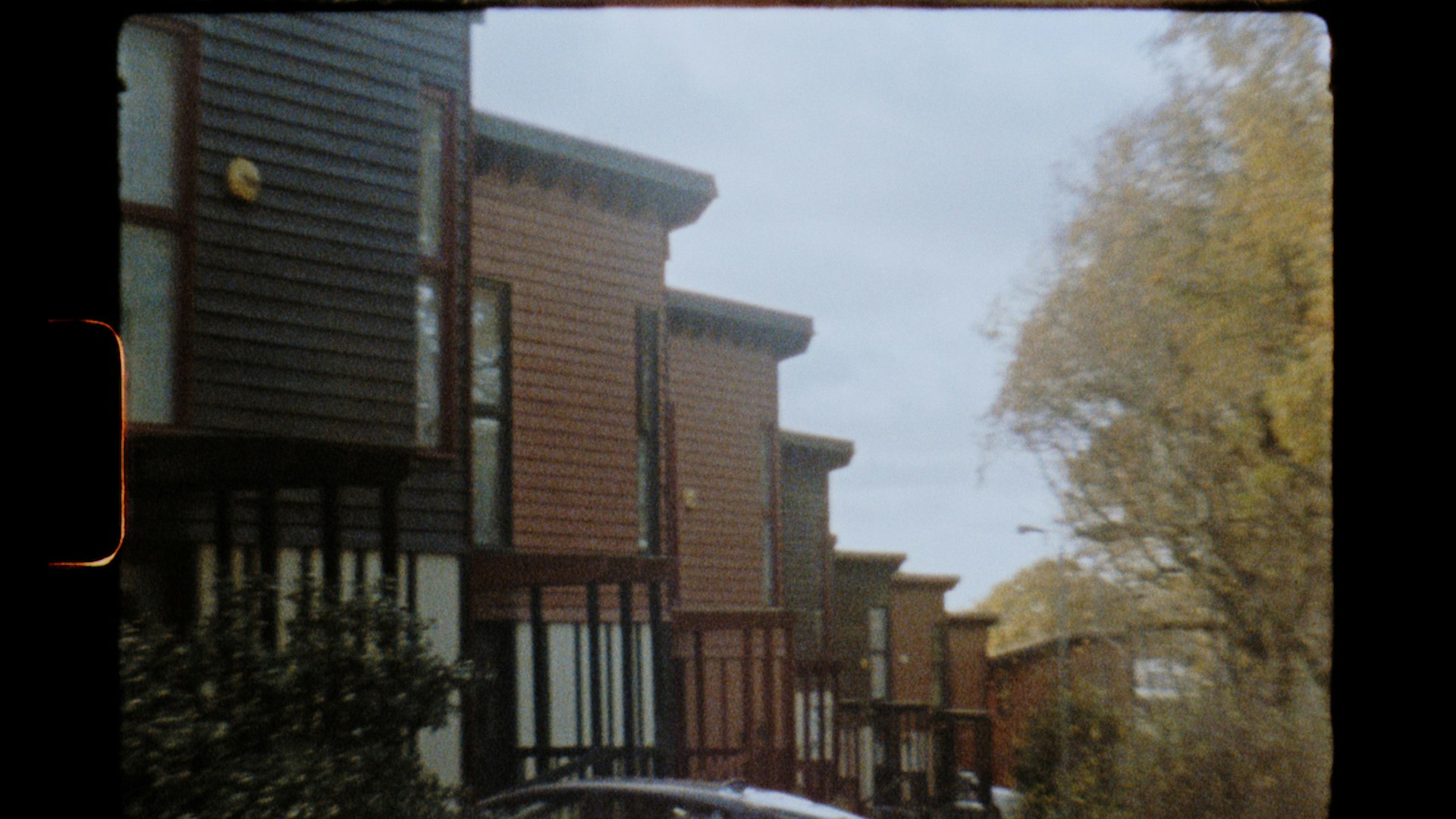
A visual exploration of female neurosis in horror films
- Text by Miss Rosen
- Photography by Still from The Driver’s Seat (1974)
“Every movie you like has some crazy woman in it,” Kier-La Janisse remembers being told by customers at the video store where she worked. After a friend said the same, Janisse began keeping a log of horror and exploitation films focusing on harrowing stories of female psychosis.
Buried within those stories, Janisse had one of her own, one that she weaves to spellbinding effect in the extraordinary House of Psychotic Women (FAB Press). First published in 2012, the book was a masterful topography of the space where memoir, psychology, and film criticism merge, paving the way for the cross-pollination of literary genres so popular today.
Now expanded, the book brings together hundreds of groundbreaking, cult, and obscure films from all around the globe including Carrie, Christiane F., Virgin Suicides, I Spit on Your Grave, and Whatever Happened to Baby Jane? in a spellbinding look at female neurosis driven past the point of no return.
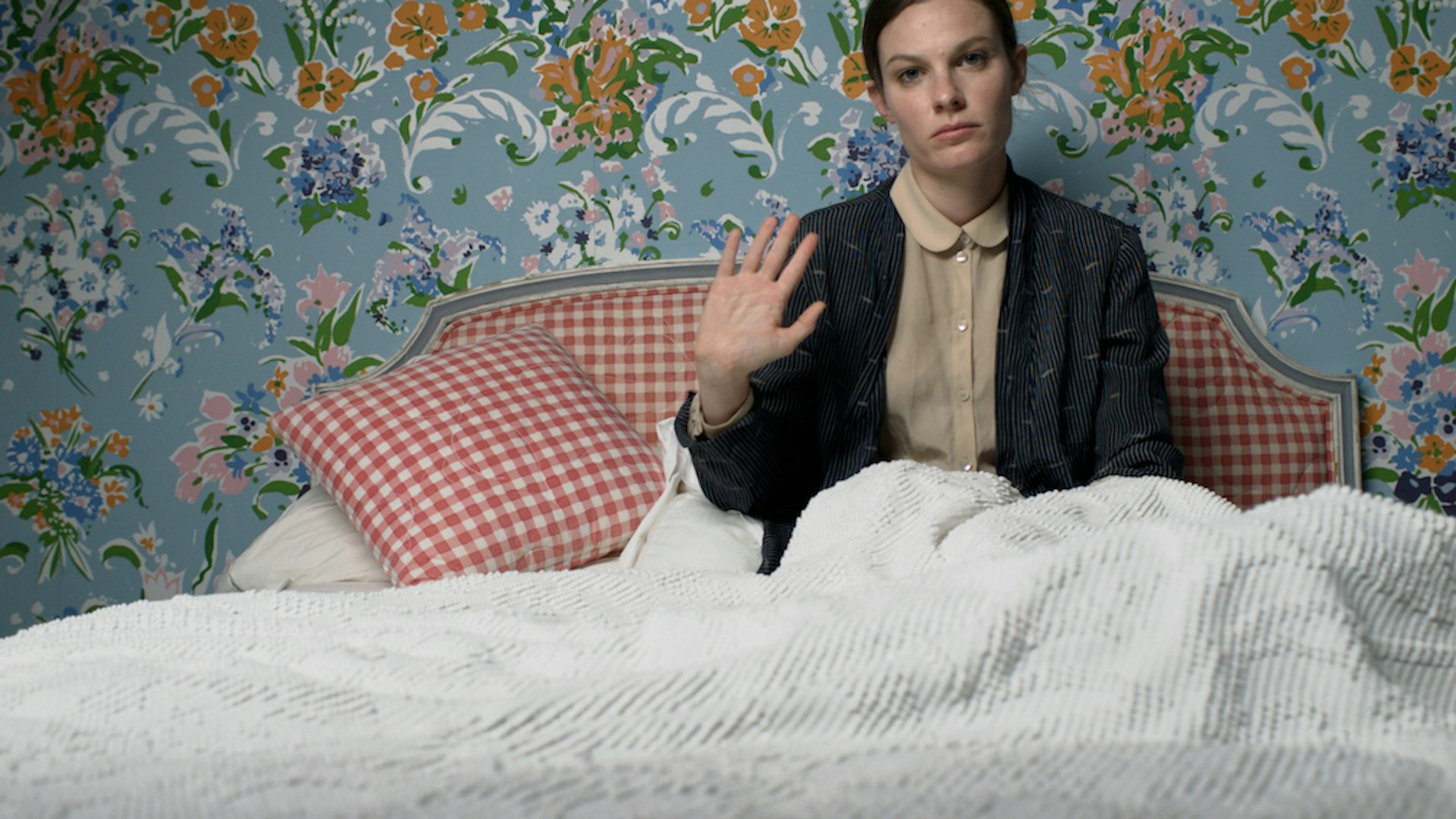
Still from Midnight Swim (2014)
Janisse began the project searching for rare films she wanted to champion but soon realised that when taken together, the movies formed a revelatory understanding of the collective and individual female psyche. Although she did not initially set out to explore her own trauma, the process of attaching certain films to her memories proved a revelation of its own.
“When faced with ‘crazy’ behaviour in real life we just want to get away from it, but when it’s a character in a film we want to investigate, we want to witness it up close,” Janisse says. She notes the ways in which horror creates a space for catharsis, compassion, and empathy.
“Horror films present an amplified version of reality, a worst-case-scenario but they are still ultimately about the same things that a drama, or an action film or a comedy would be,” says Janisse. “But that horror framework allows for very extreme situations and emotions. It makes space for everything you want to say that’s too dangerous in other contexts.”

Still from The Other Side of the Underneath (1972)
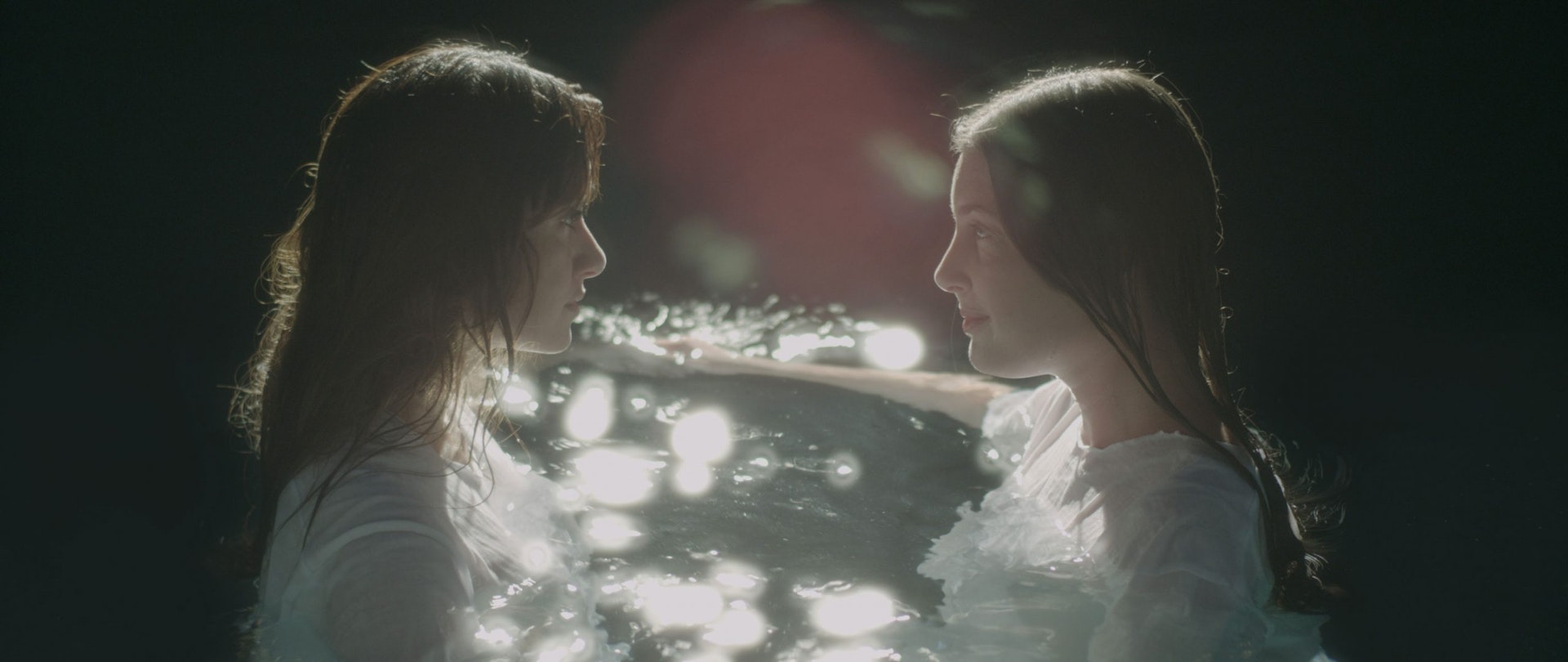
Still from Sun Choke (2015)
Janisse sees this framework in horror, made-for-TV movies, and soap operas – all genres that have been labeled “low” by the predominantly white cis, heteronormative powerbrokers. Interestingly, these are also gendered female for the audiences they attract, who feel some sort of connection to the protagonist whether she is ultimately “unreliable” or empowered.
“I have found it empowering to see repressed energies being let loose, to see women raging, screaming, fighting back against their own demons,” says Janisse. “But I think this empowerment is felt most in the way it seeps into the community as a whole, when female audience members talk about them afterwards.”
House of Psychotic Women speaks to the power of the “unhinged woman”, a figure that stands against the patriarchy. “There’s a lot of people trying to put women in their place right now and a drive to control women’s bodies,” says Janisse. “I relate a definition of ‘hysteria’ in my book as ‘the bodily manifestation of unspeakable distress’, and the image of the hysterical woman – once a source of shame – has become an empowering image in its defiance of social respectability.”
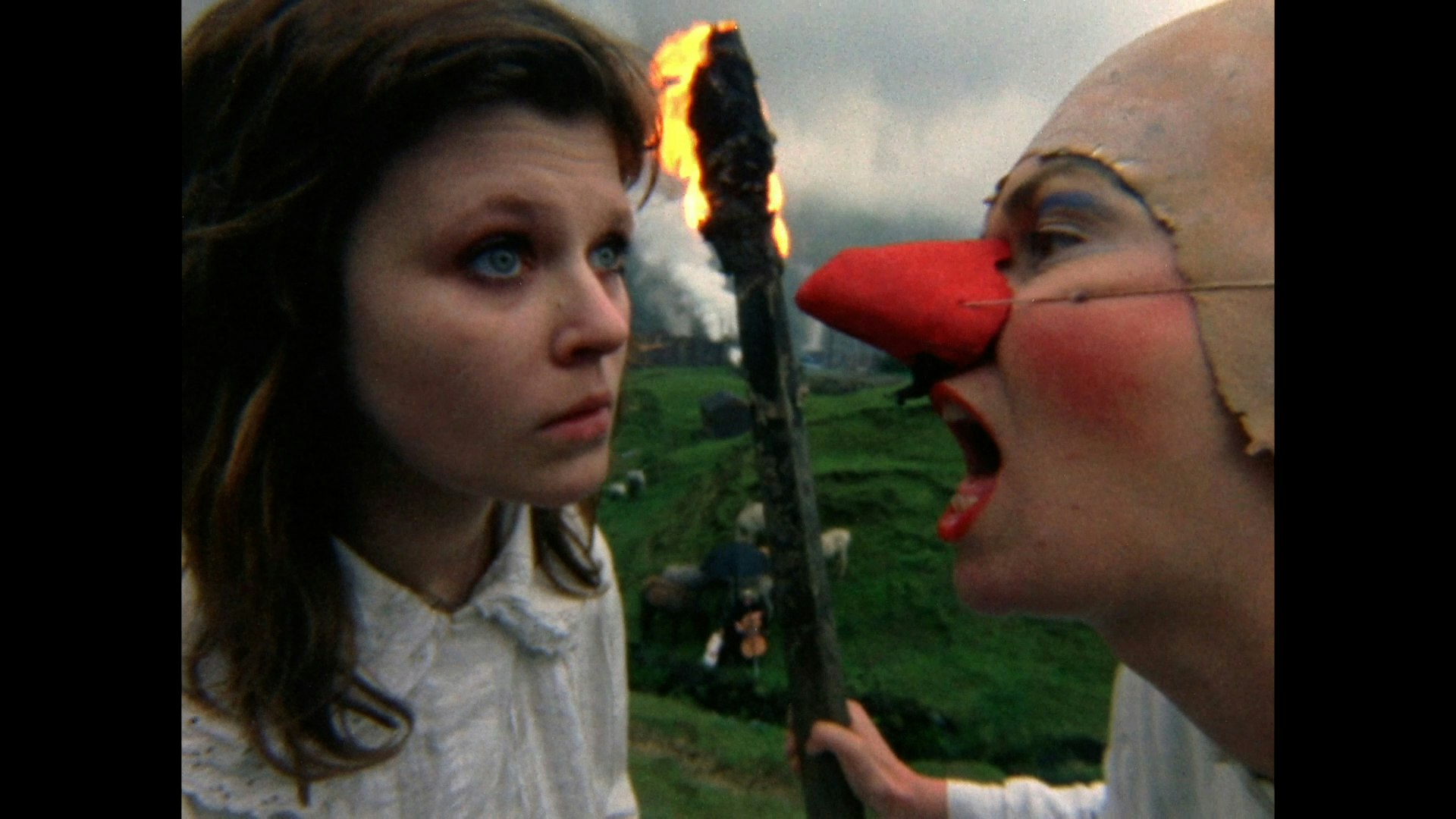
Still from The Other Side of the Underneath
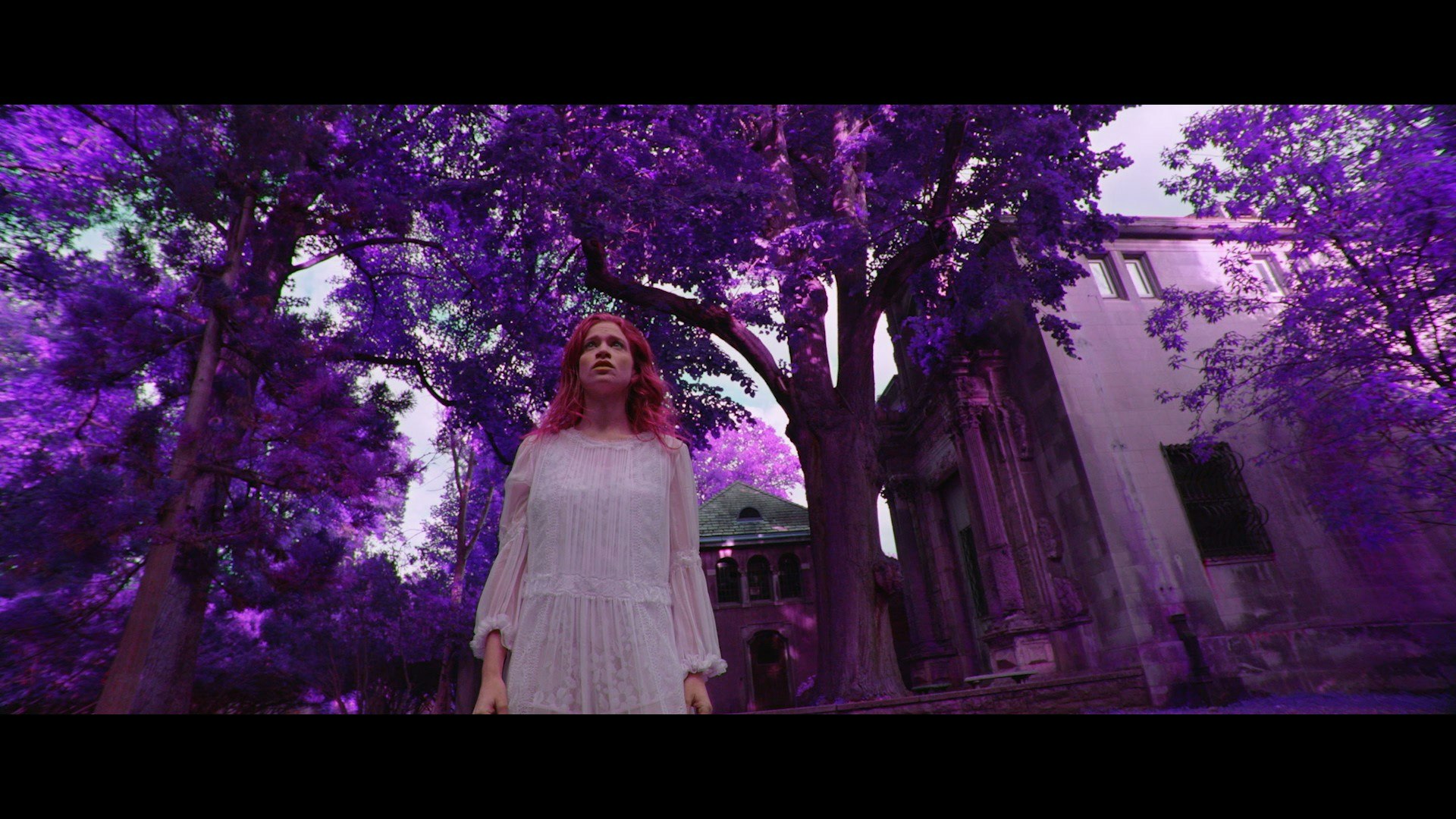
Still from Braid, 2018
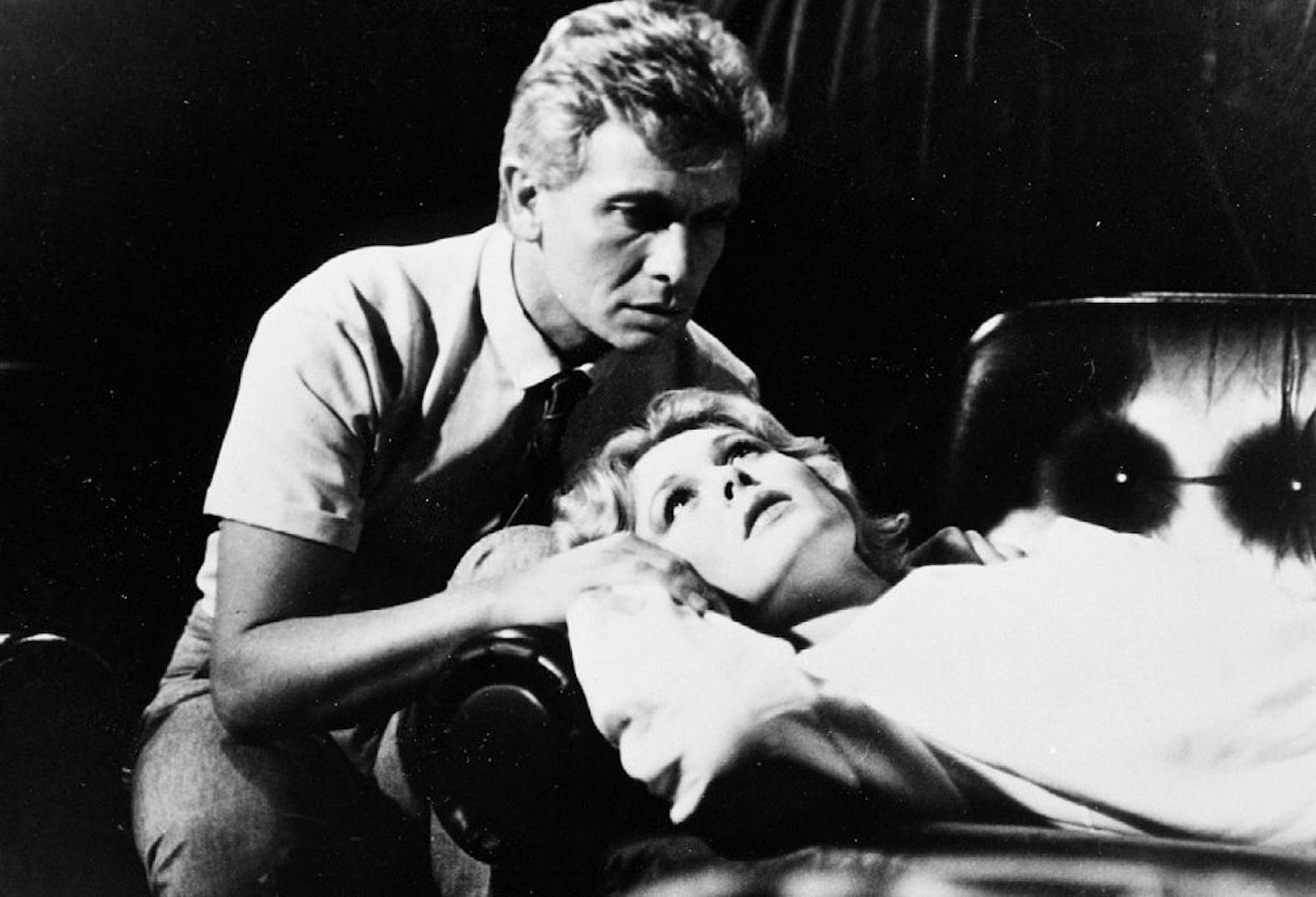
Still from I Like Bats, 1986

Still from Stylist (2020)
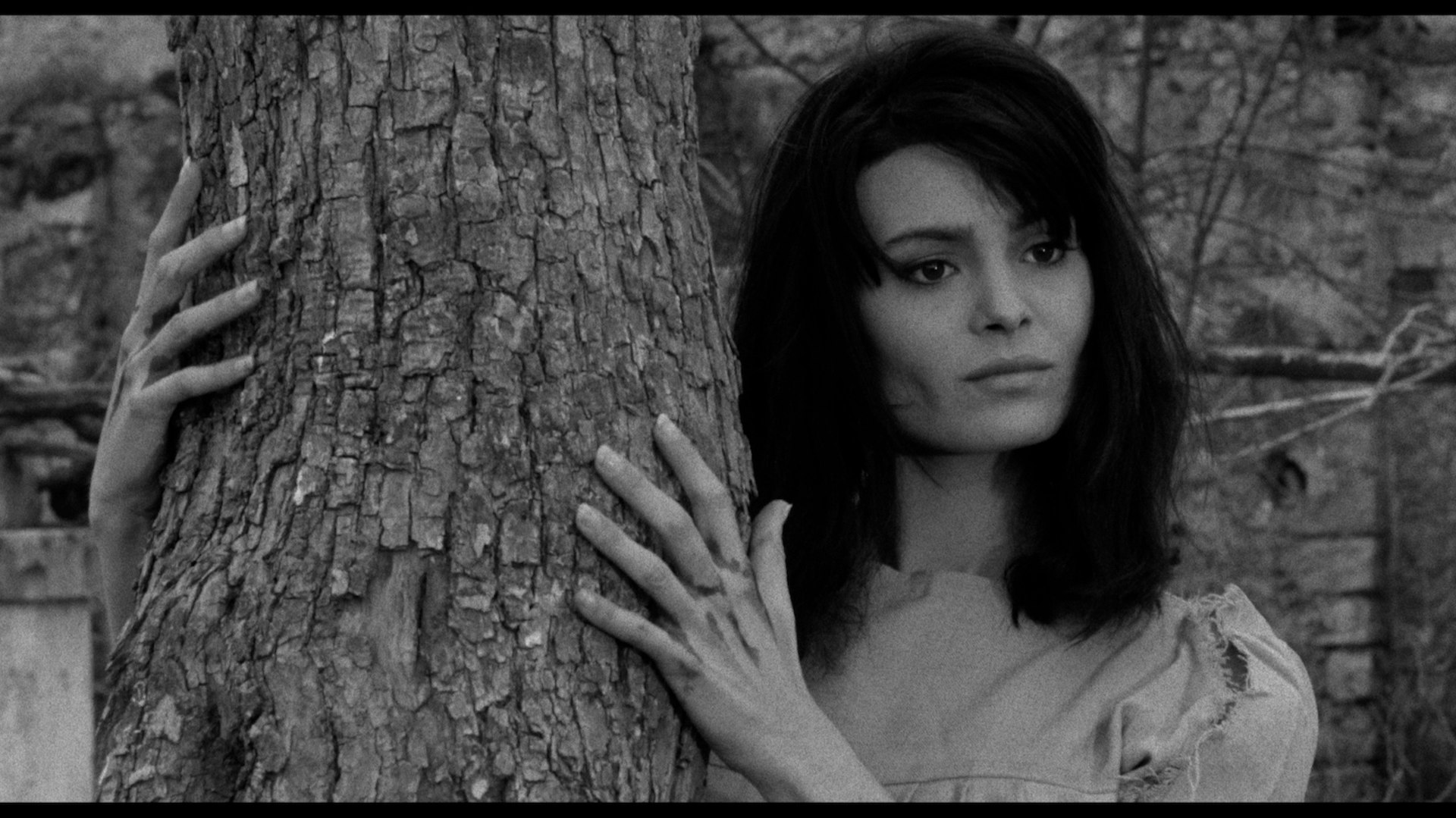
Still from Il Demonio (1963)
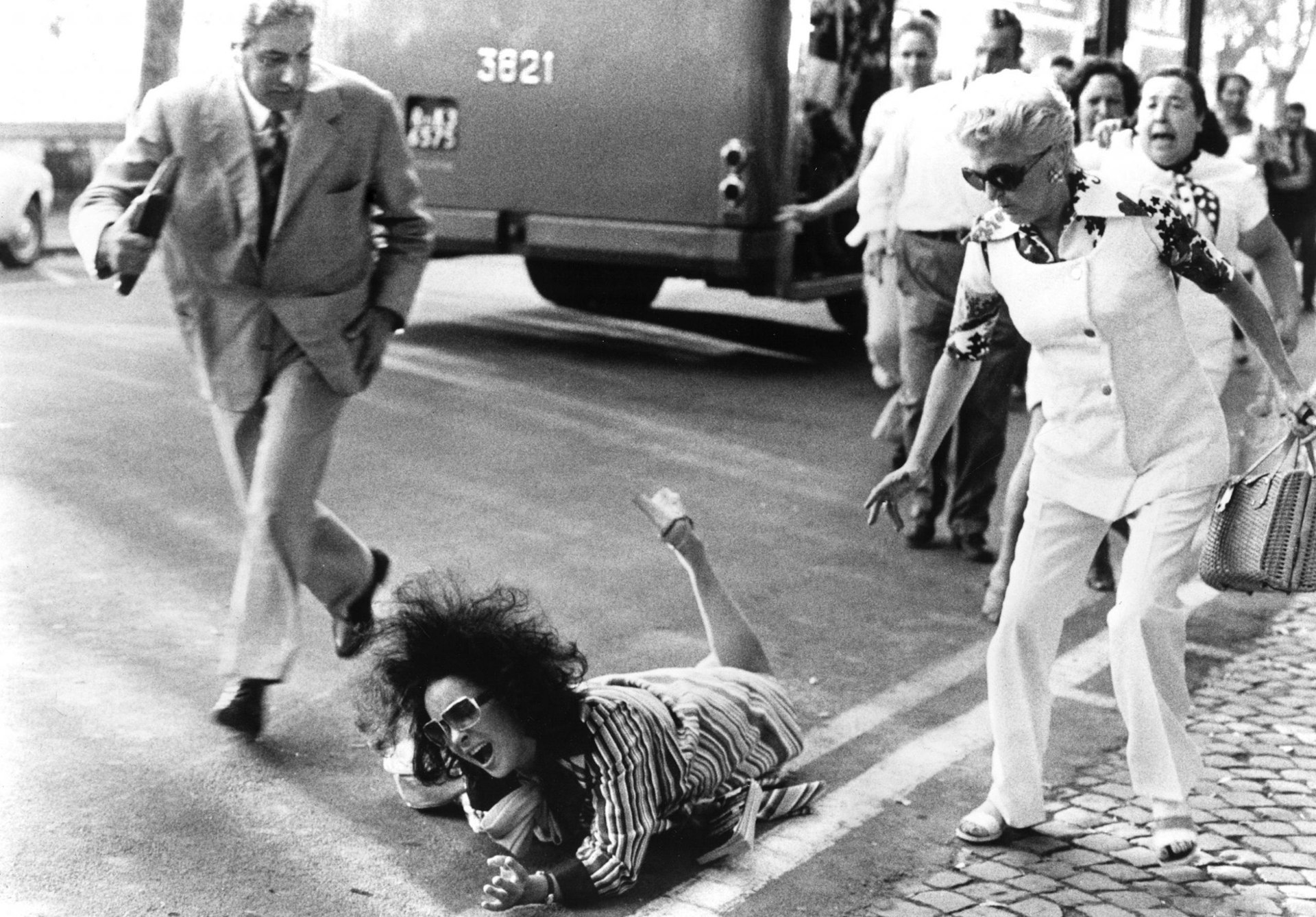
Still from The Driver Seat (1974)
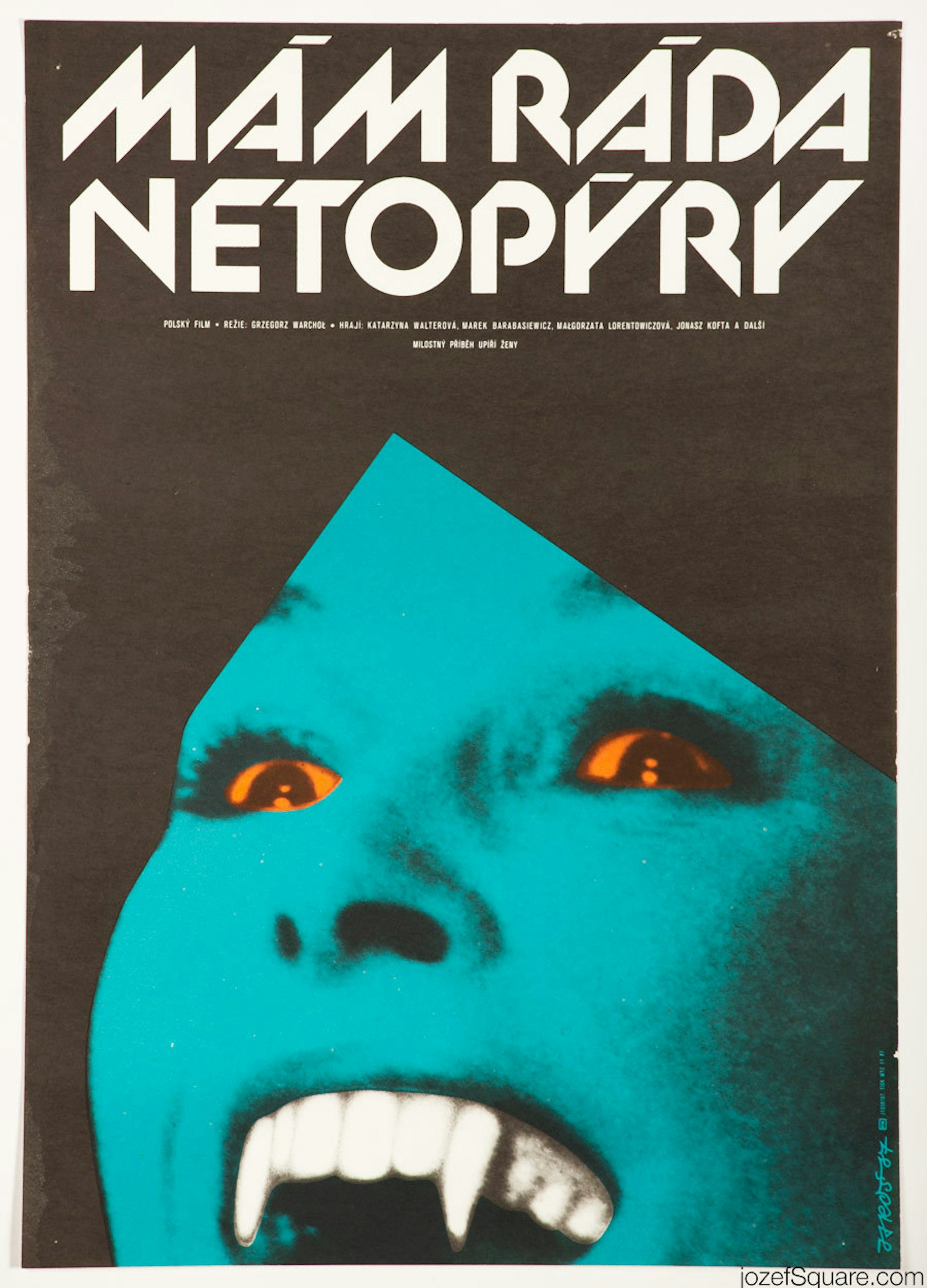
Film poster, I Like Bats (1986)
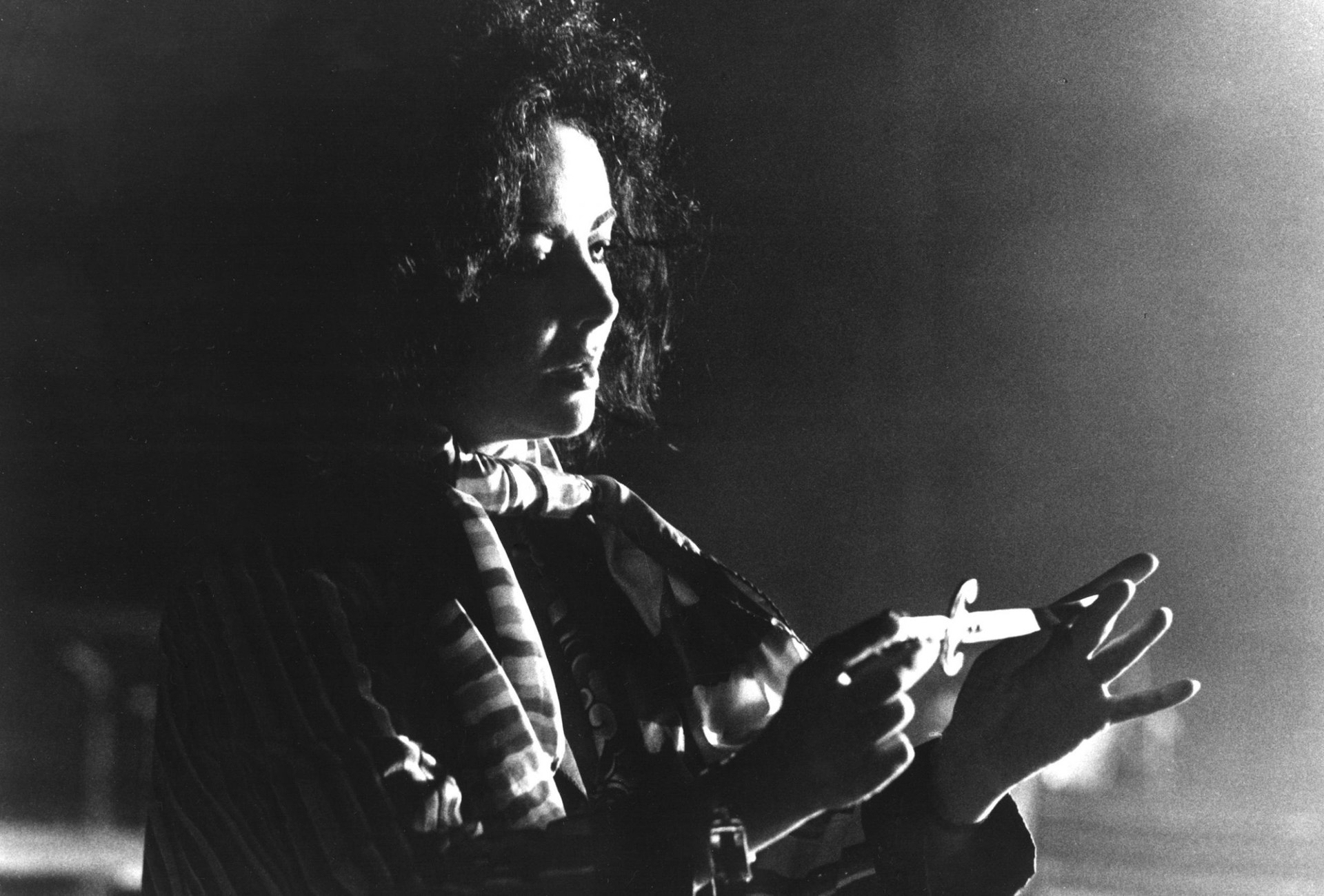
Still from The Driver’s Seat, 1974
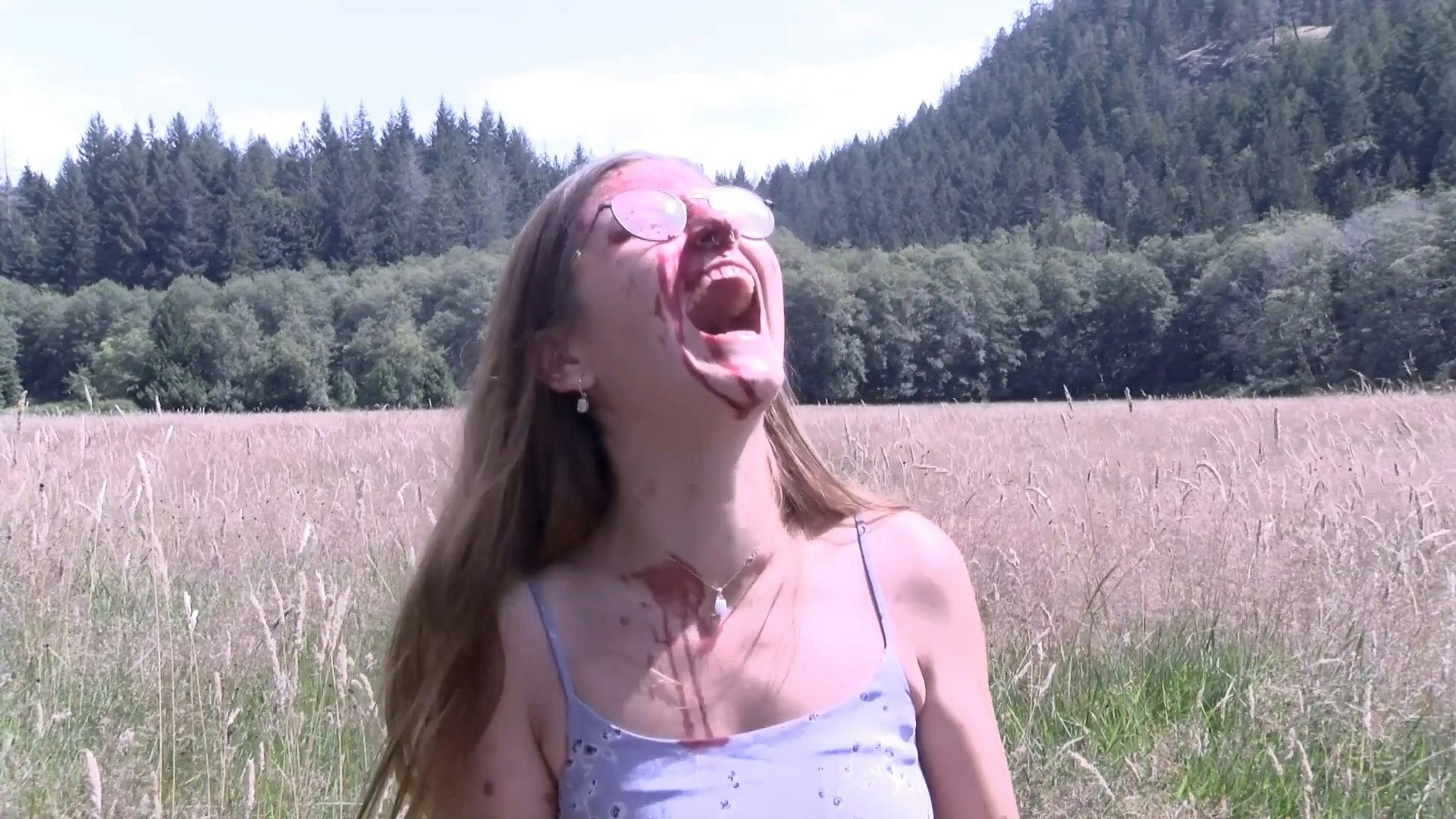
Still from Honeycomb (2022)
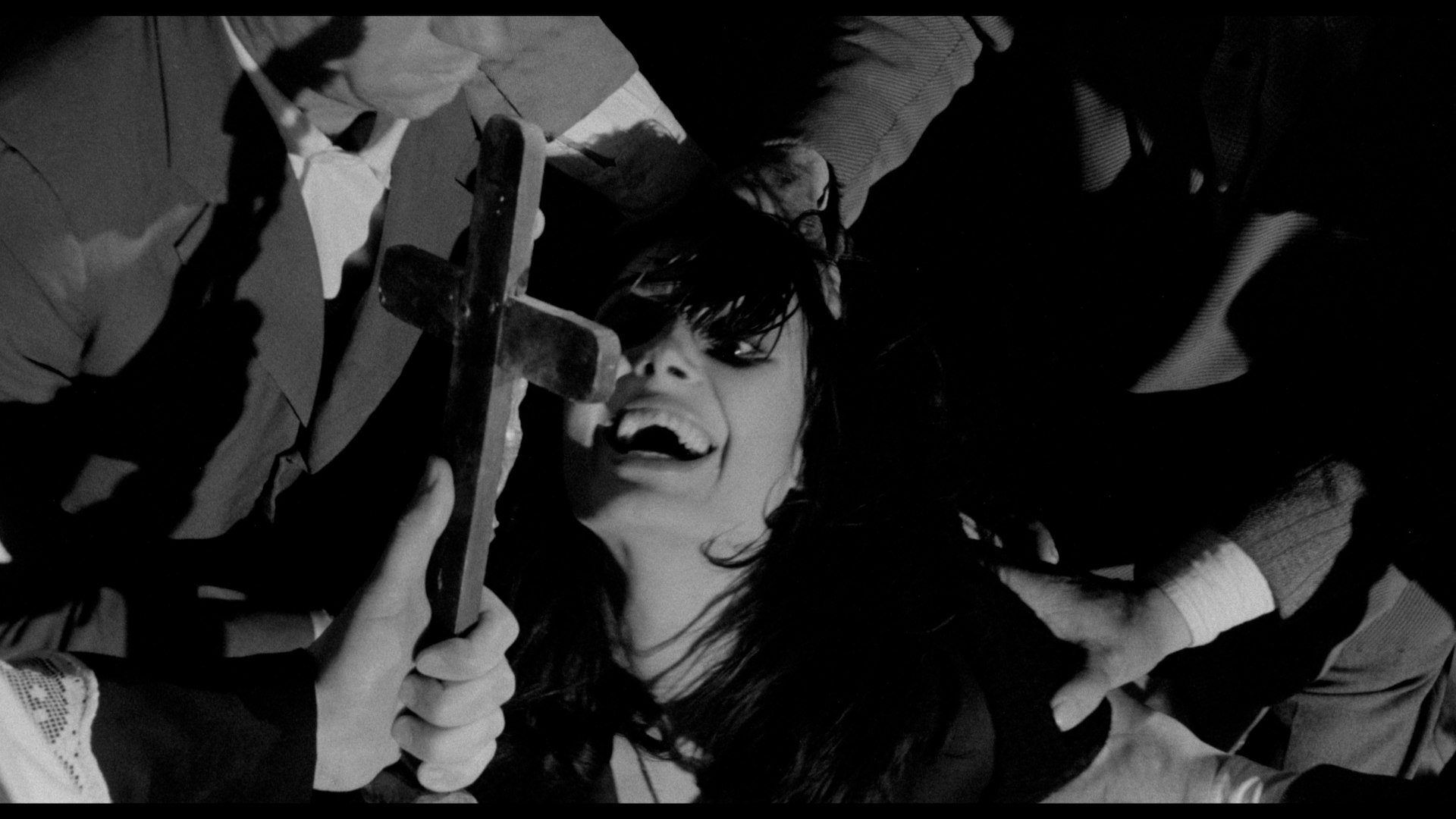
Still from Il Demonio (1963)
House of Psychotic Women is available now on FAB Press.
